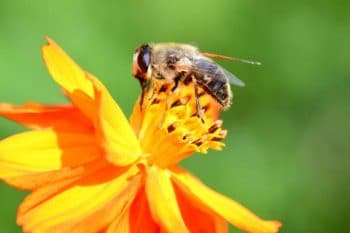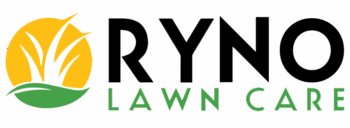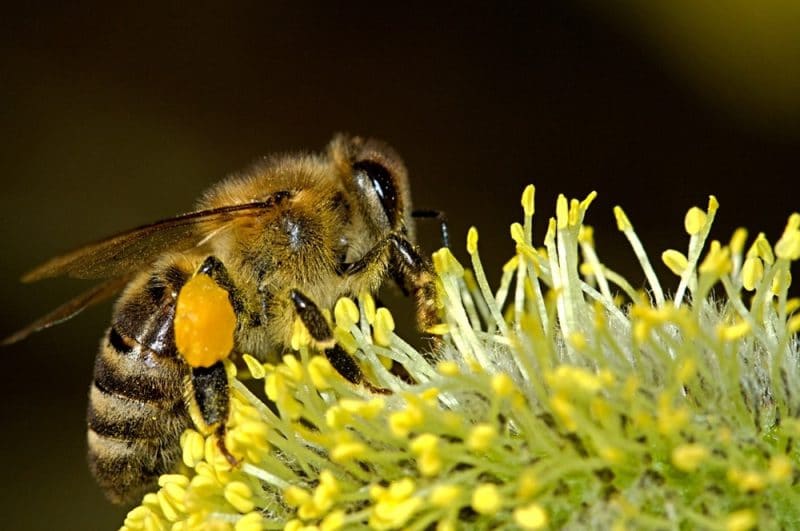 Bee populations are one the decline. Without bees pollination would not possible for some plants to survive. Pollination is the process when pollen is transferred from one flower to a second flower of the same species. The fertilize it a transferred pollen begins the process of fruit and seed production. A few plants can pollinate themselves, yet most require the help of pollinators like insects, birds, bats. Continue reading for a list of flowers that attract bees.
Bee populations are one the decline. Without bees pollination would not possible for some plants to survive. Pollination is the process when pollen is transferred from one flower to a second flower of the same species. The fertilize it a transferred pollen begins the process of fruit and seed production. A few plants can pollinate themselves, yet most require the help of pollinators like insects, birds, bats. Continue reading for a list of flowers that attract bees.
Why is Pollination Important
The role bees and other pollinators play in a healthy and productive plant growth is significant. One out of every three bites of your food depends on pollinators? About 150 crops grown in the U.S. depend on bees and other pollinators. Pollination of fruits and vegetables including apples, almonds, blueberries, citrus, melons, pears, plums, and squash to name a few. Pollinators are also vital to plants fed to livestock, as well as to fiber-producing plants, such as cotton.
When a bee visits another flower, some of the pollen gets transferred. Good pollination results in large, healthy fruits with viable seeds. Poor pollination results in deformed fruits that often drop off before maturing.
Help Create A Bee Friendly Habitat
- Create diversity in your garden: To attract different types of pollinators, choose plants of various heights. Different pollinators are active at different times of year, therefore variety of plants that bloom from early spring through late fall.
- Planting to receive full sun: Nectar-source plants should receive full sun from mid-morning to mid-afternoon. additionally planting for continuous blooms. When one plant stops blooming, another begins, thus birds and butterflies have a constant food source.
- Include a water feature: Add a water feature to your landscape such as bird baths and small ponds.
Plants That Attract Bees
- Allium
- Aster
- Basil
- Bee balm
- Bee plant
- Bergamot
- Blanket flower
- Borage
- Cosmos
- Flax
- Four o’clock
- Gaillardia
- Geranium
- Giant hyssop
- Globe thistle
- Goldenrod
- Helianthus
- Hyssop
- Joe-pye weed
- Lavender
- Lupine
- Marjoram
- Mint
- Mullein
- Paint brush
- Poppy
- Rosemary
- Sage
- Skullcap
- Sunflower
- Thyme
- Verbena
- Wallflower
- Wild rose
- Zinnia
Wrapping Up
In conclusion, the importance of bees to our ecosystem and food supply cannot be overstated. These tiny insects play a crucial role in pollinating a vast array of plants, including many of the crops we rely on for sustenance.
As bee populations face increasing threats from habitat loss, pesticide use, and climate change, it is imperative that we take action to protect and support these vital pollinators. By creating and maintaining bee-friendly habitats in our gardens, parks, and urban spaces, we can provide safe havens for bees to thrive.
This not only helps to ensure the survival of diverse bee species but also safeguards our own food security and the delicate balance of our ecosystems. Ultimately, our efforts to support bees will benefit not just these industrious insects, but the entire planet and future generations.


5 Responses
One of my favorite places to visit is my local bee garden! It’s awesome to have a pretty garden while saving the bees.
This article is something that we need to share beacuse of the information that might help others.
Great read! I ove how informative this article
Hello! I want to say that this article is amazing, nice written and include almost all important infos. I’d like to look extra posts like this. coralspringstreeservices.com
Thanks for the info! The list of plants that attract bees provides excellent options for anyone looking to enhance their garden and support pollinators, ensuring a healthy ecosystem.